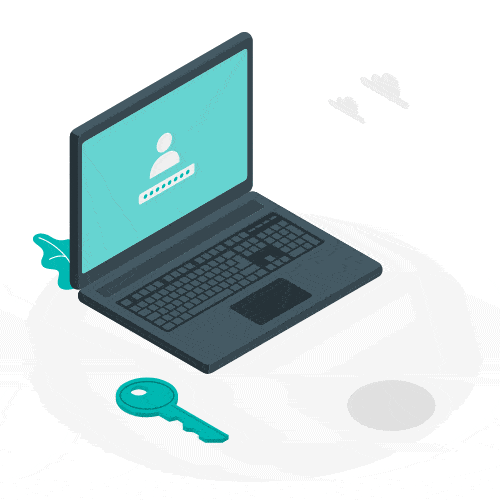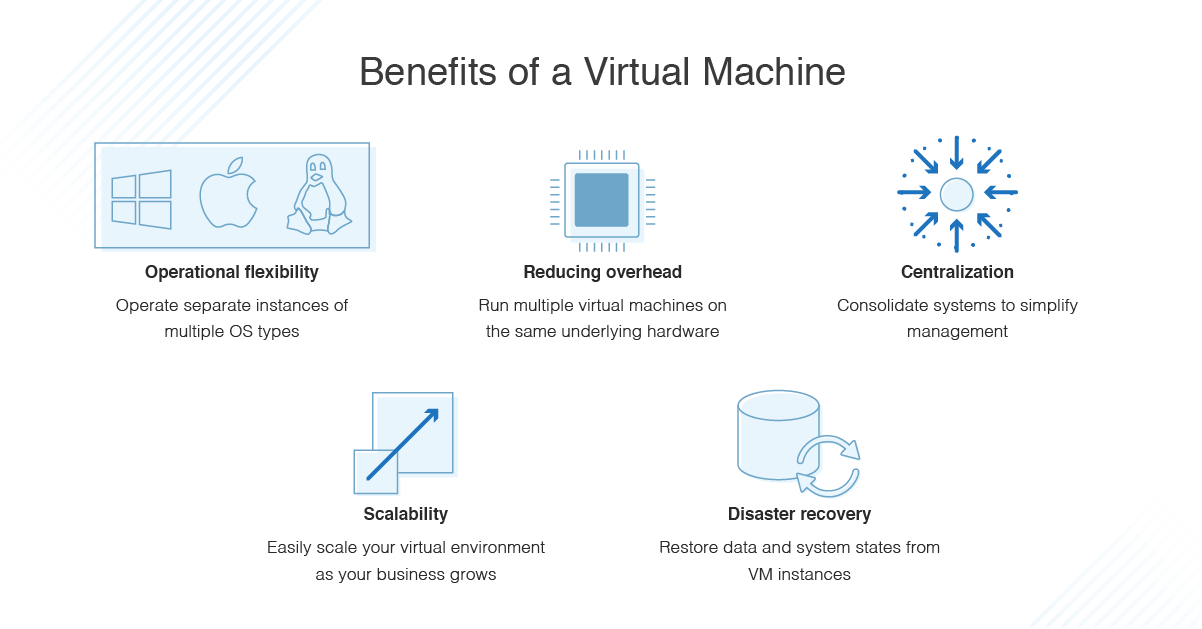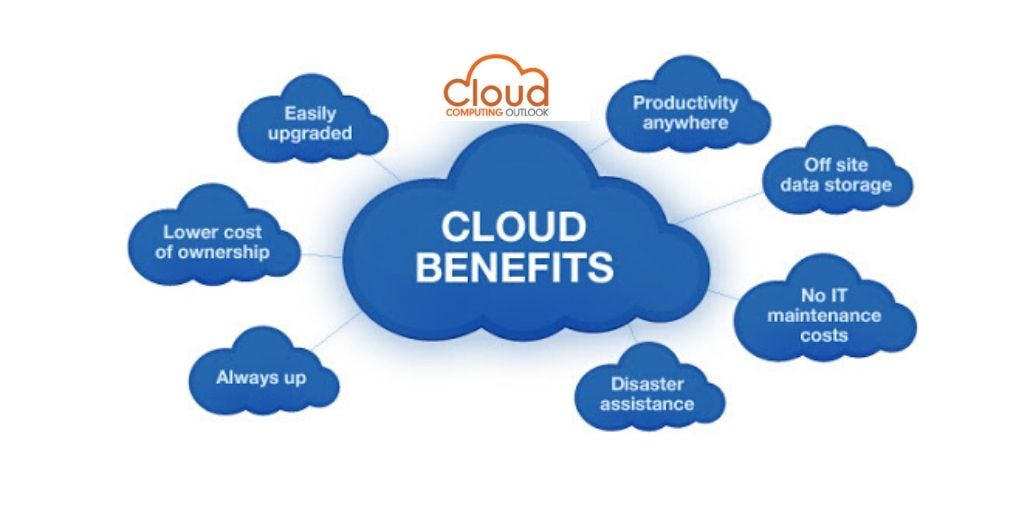1. Size It Right
Just like with any other product, the more features and capabilities you purchase for your recorder, the higher the price tag. Find a recording vendor who has a solution that’s right-sized for your specific needs. Smaller recording systems are designed for fewer channels and are usually at a lower price point. Some recording software is designed to provide only the base functionality for playback, which could be all that your organization requires.
For smaller applications, a “one-size-fits-all” recording approach can inflate the cost. Look at your specific recording requirements, and find a vendor who offers a solution at that level. For example, Exacom’s Ears analog recorder only supports up to 4 channels and has very basic but flexible playback features, so they can keep the price point low. It has been the most affordable recording solution at many small or remote recording sites.
2. Share Resources
If you are part of a department or organization that shares communications software or equipment with another group, you may be a good candidate for sharing recording resources, allowing you to pool your budget and save on overall costs. A single recorder can record across multiple groups while still only allowing access to each individual group. An honest and IT-savvy recording company will guide you on the best way to accomplish your goal while exploring options to cut costs. Learn more about how Exacom does this.

3. Consider Virtual or Cloud-Based Recording
 Virtual Logging Recorders
Virtual Logging Recorders
Manage your own hardware internally, rather than relying on your recording vendor to source, maintain, and support the recording hardware. If you have the IT resources to handle a Virtual Machine in-house, this can be a big cost-savings not just in the initial purchase and installation of the recorder but also over the long term. An on-premise virtual machine allows you to maintain control of the network domain, instead of allowing other hardware into the network.
Cloud-Based Logging Recorders
Offload all computing hardware to the Cloud. Instead of a large up-front cost for the computing resources required by a logging recorder, that price gets broken into more affordable monthly fees for cloud hosting. Additionally, with this deployment method, your IT team isn’t responsible for purchasing, housing, and maintaining computers or servers. Cloud-hosted logging recorders also afford organizations much more security and redundancy without the same level of added cost.
4. Plan for Growth
While it’s important to right-size your recording solution for your requirements now, not planning ahead could cost you more in the long run. What might be the cheapest option now might not be in 1-2 years.
What kinds of things should you consider?
- Needing to record more radio or phone channels
- Interoperability with any future new systems
- Needing to record supplemental data, like RapidSOS
- Moving your recorder to the Cloud
- Needing to grant more people access to recordings
- Needing to record new types of technologies, like P25
- Redundancy needs, both now and future
- Adoption of new standards, like NENA i3
If you know your needs will change in the next couple of years, going with a solution that is designed to grow gracefully with you will be less expensive in the long run even if there is more of an up-front cost than buying the bare minimum. Entirely replacing a recorder or doing a large-scale upgrade will always large costs, since much of the installation work has to be redone.
5. Lifecycle Management
Regardless of how much you spend on purchasing a logging recorder, the recorder needs to be maintained. You wouldn’t dream of spending buying a new car and not paying for the occasional oil change, brake pad replacement, engine tune-up, etc. It’s the same with your recorder. Keeping your recording system up-to-date with the latest recording software, Windows updates, security updates, and more will keep it running better for longer.
Additionally, unless you’re running in a virtual environment or a cloud platform, your logging recorder relies on computing hardware to function. This hardware, no matter how advanced, will reach an age where it is no longer reliable for 24/7/365 recording. To ensure your recording uptime, the hardware needs to be replaced before it fails. Exacom recommends replacing our Dell Commercial Off the Shelf platforms before 7 years.
6. Leverage COTS Recording Hardware
Unless you leverage a virtual or cloud recording solution, your recorder is dependent on computing hardware. Every recording vendor handles this differently. Some vendors white-label generic computing towers. This has the benefit of saving customers money in up-front equipment charges, but when a part in these computers fail, the entire system usually has to be swapped out. Additionally, there is typically very little warranty offered. Other vendors leverage COTS hardware, like Dell, which can be a bit more expensive up-front but tend to be of higher quality. COTS hardware typically has a longer warranty, and parts are readily available to be swapped out.
Further Reading: Always Demand COTS Hardware


7. Plan For Cybersecurity
When adding a new communications solution to your network, you are introducing a potential point of weakness to cyber-attacks; thus, when looking for a new recording solution, you need to be absolutely confident that your recorder (as with all other systems on your network) is cyber secure before implementing it. Data breaches can cost organizations tens of thousands of dollars to remedy. Investing in a secure recording solution now can save a lot of money in the long-term.
Further reading: Exacom’s guide on Cybersecurity for Public Safety

8. Leverage New Technologies
There have been many technological advancements in the areas of recording that will affect your bottom line (in a good way) over time:
Browser-Based Access Software
Some recording companies allow you to access recordings via a web interface, rather than relying on a standalone application that has to be manually installed and updated. Using this browser-based approach will save man-hours in getting new users set up and deploying software updates.
System Monitoring
New software developments allow recording platforms to be monitored at a number of levels. Monitoring could send an alarm for a pause in recording activity, which could signal an outage. These monitoring features can also check the status of hardware, like hard drives. If you’re able to detect outages or failures early, you can mitigate the effects of the issue, saving you costly man-hours and other resources.
Remote System Management
There are a variety of software tools that allow your staff and solution vendors to manage software and services remotely. Exacom’s support team does many of our installs and support calls remotely. This expedites the installation and service process and minimizes travel expenses.

 Virtual Logging Recorders
Virtual Logging Recorders